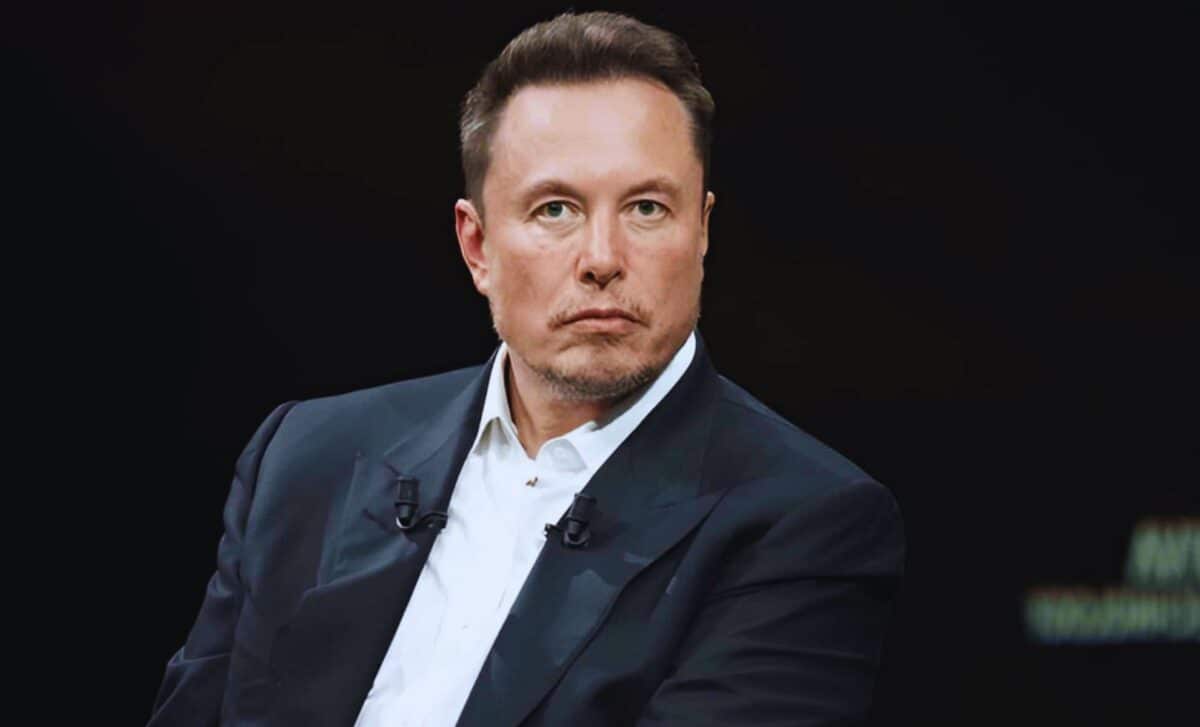San Francisco – In one of the most high-stakes tech showdowns in recent years, Elon Musk and Tim Cook have found themselves on opposite sides of a growing battle over satellite connectivity — and the fallout could redefine how smartphones connect in the future.
According to internal sources and reports from Apple Insider, Elon Musk approached Apple with a bold $5 billion proposal through his company, SpaceX. The deal: integrate Starlink’s satellite connectivity into the iPhone, offering global communication without relying solely on cellular infrastructure. The catch? A $5 billion upfront payment, a $1 billion annual licensing fee post-exclusivity, and only 72 hours to decide.
Tim Cook said no.
Apple instead chose a more cautious route, aligning with Globalstar, a lesser-known satellite provider with a more traditional, less aggressive approach. On paper, the decision appeared pragmatic. But behind the scenes, it ignited a clash of ambition and ideology — one that’s now escalating into a full-blown contest of technological dominance.
Shortly after the rejection, SpaceX announced Starlink Direct to Cell, a new partnership with T-Mobile that allows smartphones — including iPhones — to connect directly to satellites via standard LTE bands. Apple, caught off guard, suddenly found itself competing with a solution designed to bypass its own ecosystem. The satellite wars had officially begun.
The rivalry didn’t remain purely technical. In 2022, SpaceX challenged Globalstar’s rights to a key wireless spectrum, arguing that the company had underutilized its allocation and was stifling competition. If successful, the legal challenge could directly impact Apple’s satellite connectivity service — which relies on that same spectrum — and potentially force Apple to revisit its options.
Compounding the issue were internal debates within Apple. Senior leadership, including Software SVP Craig Federighi, reportedly questioned Globalstar’s aging infrastructure and long-term reliability. Concerns were raised about scalability, modernization, and network resilience — a rare glimpse of dissent in a company known for tight control.
As Starlink expands and Globalstar attempts to keep pace, the race for satellite-enabled smartphones has become a proxy war between two vastly different philosophies: Musk’s rapid, frontier-style innovation versus Apple’s calculated, systems-first approach. One builds first and sues later. The other waits, measures, and protects its moat.
For Asia and the broader Pacific region — where infrastructure gaps and geographic barriers remain a challenge — the implications are immense. If Starlink’s model proves viable, it could leapfrog traditional networks entirely, offering direct-to-device connectivity in remote and underserved regions. Apple’s path, while slower, could offer more curated and secure alternatives.
As satellite connectivity moves from emergency feature to mainstream expectation, the question is no longer if your phone will connect to satellites — but whose satellite. In this battle between Musk and Cook, the skies are no longer the limit.









